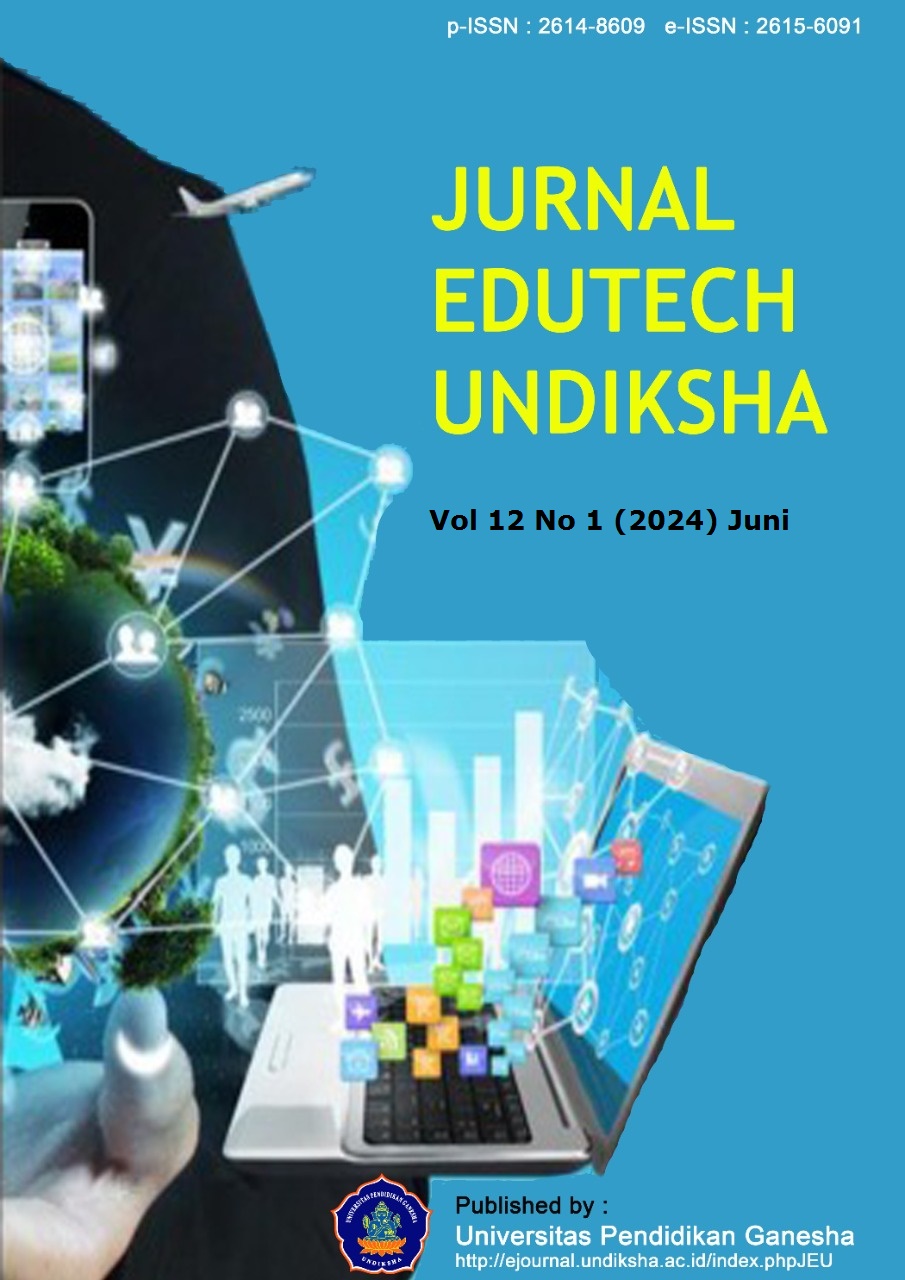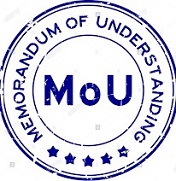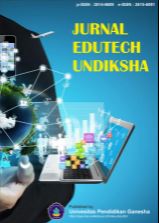Nutrition Education for Overweight Children Through Interactive Learning Media
DOI:
https://doi.org/10.23887/jeu.v12i1.68905Keywords:
Interactive Multimedia, Nutrition Education, OverweightAbstract
Nutrition education interactive multimedia can be an alternative medium to deliver nutrition education material to overweight children. An interactive multimedia tool can provide information interactively by combining text, images, animation, audio, and video. This study aimed to develop interactive multimedia nutrition education that is valid and practical for overcoming the problem of overweight students in junior high schools. This research is research and development using the ADDIE media development model, which consists of five stages: (1) analysis, (2) design, (3) development, (4) implementation, and (5) evaluation. The data collection instruments used were validity test sheets and questionnaires. The data were then analyzed qualitatively and quantitatively. The data analysis found that the developed interactive multimedia proved valid and practical, with a validity level of 3.50 with a feasible category for use and a practicality level of 3.76 with good criteria. Based on the results of the study, it can be concluded that interactive multimedia nutrition education is useful and practical use in the delivery of nutrition educational material for schoolchildren who are experiencing overweight problems so that multimedia can be used at school as a means of nutritional education while reducing the number of students suffering from overweight and obsessions.
Published
How to Cite
Issue
Section
License
Copyright (c) 2024 Ngurah Mahendra Dinata, Dek Ngurah Laba Laksana, Dimas Qondias

This work is licensed under a Creative Commons Attribution-ShareAlike 4.0 International License.
Authors who publish with the Jurnal EDUTECH Undiksha agree to the following terms:
- Authors retain copyright and grant the journal the right of first publication with the work simultaneously licensed under a Creative Commons Attribution License (CC BY-SA 4.0) that allows others to share the work with an acknowledgment of the work's authorship and initial publication in this journal.
- Authors are able to enter into separate, additional contractual arrangements for the non-exclusive distribution of the journal's published version of the work (e.g., post it to an institutional repository or publish it in a book), with an acknowledgment of its initial publication in this journal.
- Authors are permitted and encouraged to post their work online (e.g., in institutional repositories or on their website) prior to and during the submission process, as it can lead to productive exchanges, as well as earlier and greater citation of published work. (See The Effect of Open Access)














